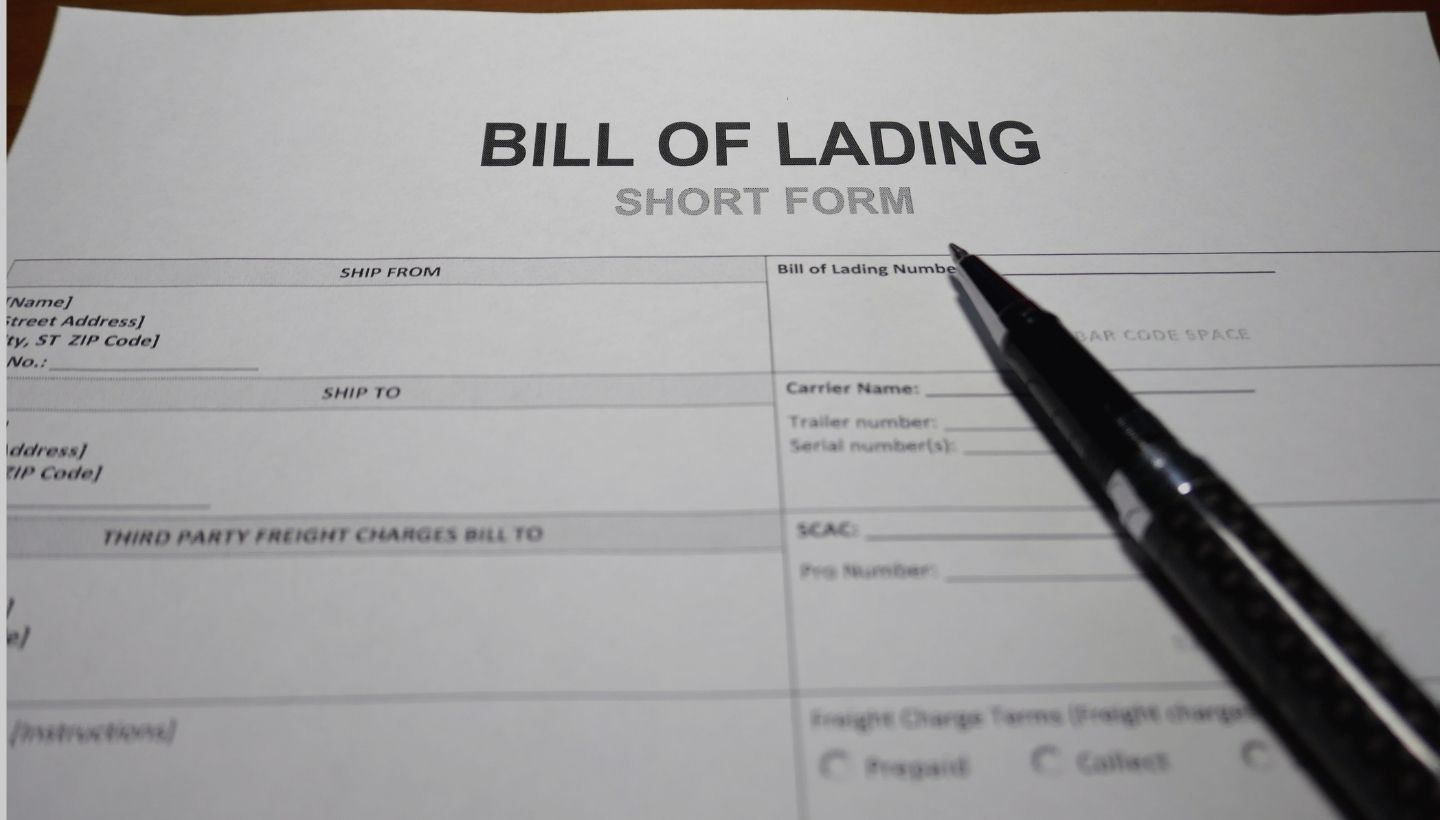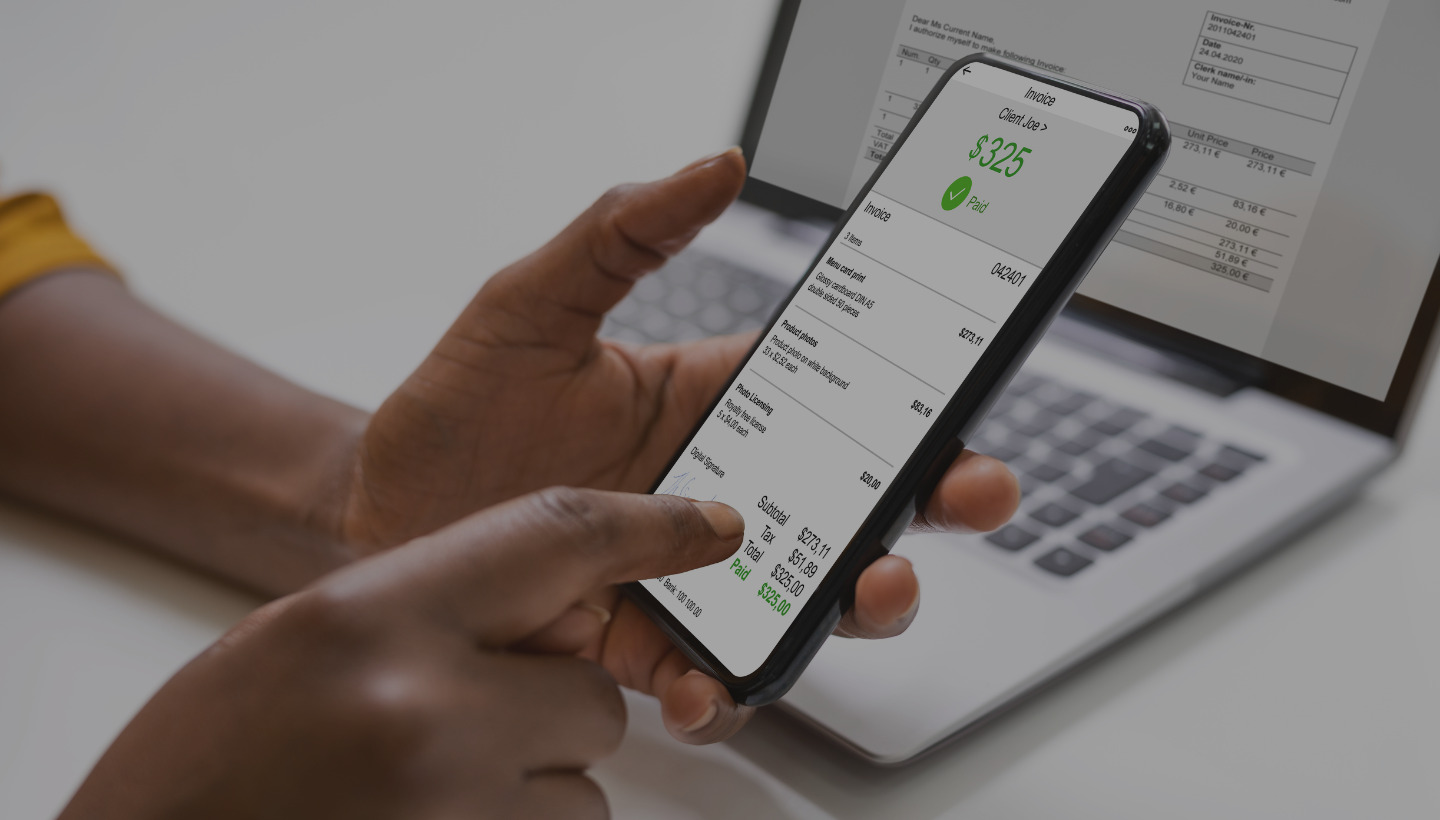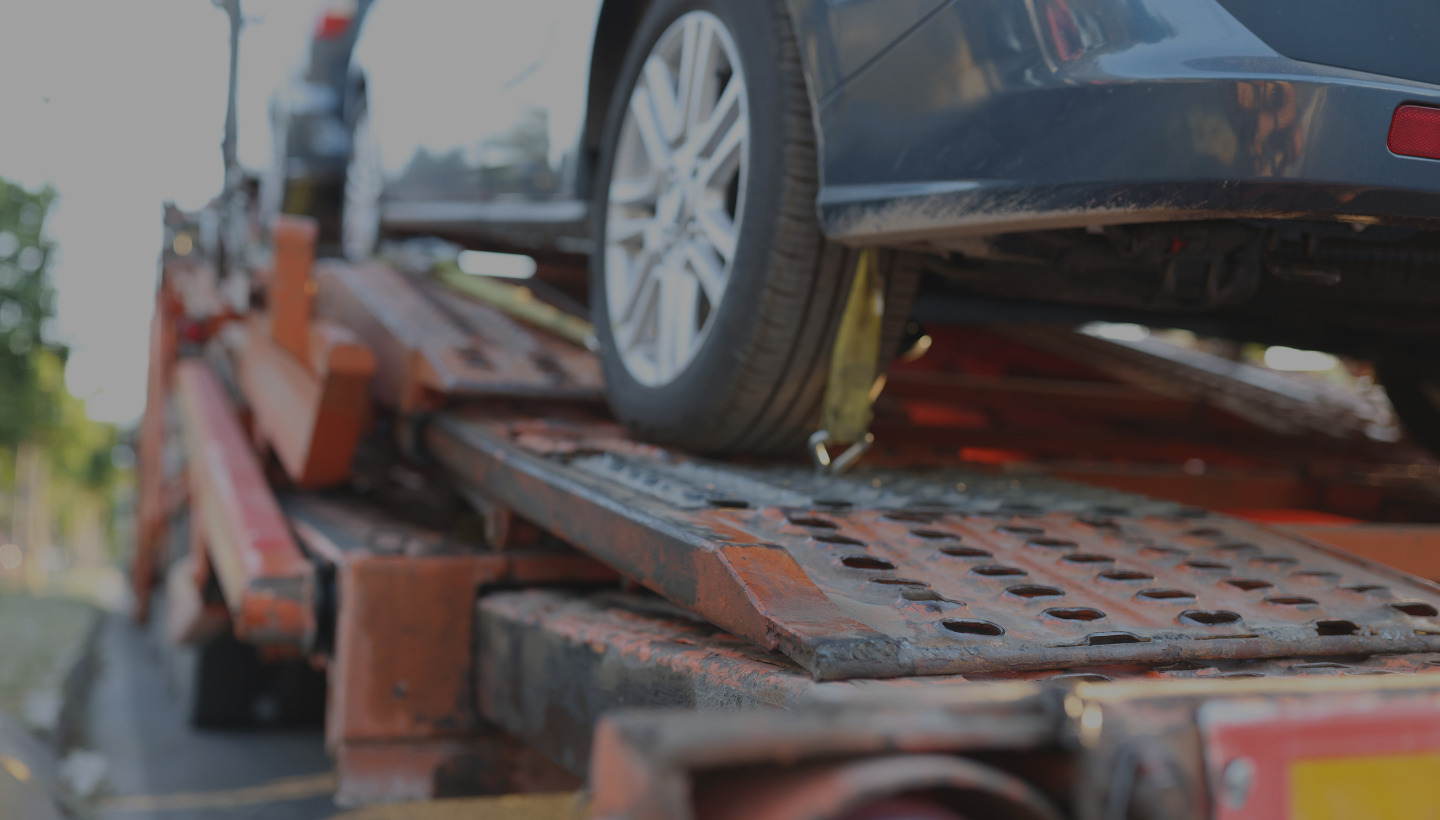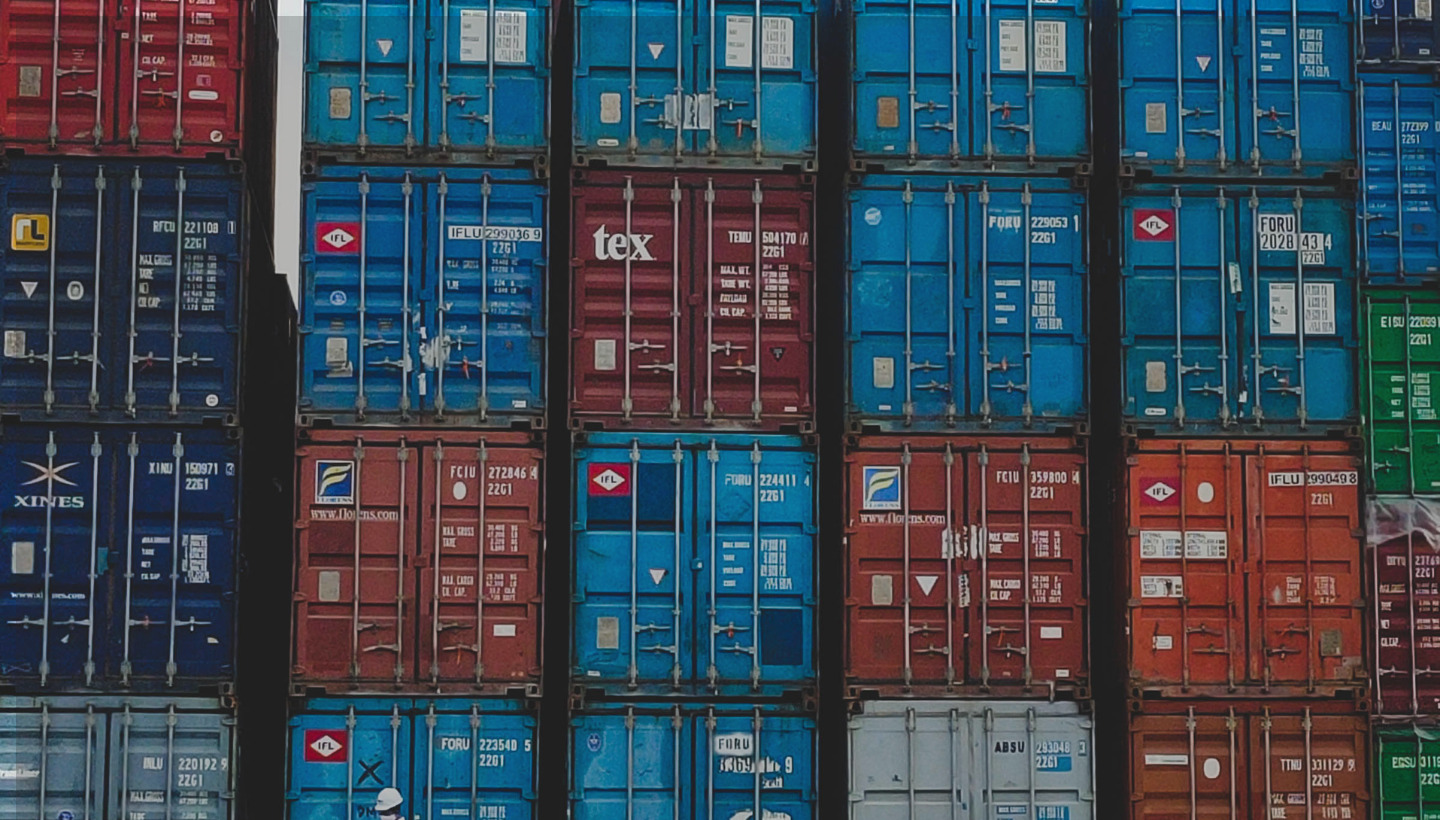You’ve probably heard the term bill of lading or BOL before. Like a lot of forms that we all deal with constantly, the exact details of its purpose and contents might be a bit murky. Don’t worry! We’re about to clear it up.
The Purpose of a BOL Form
Think of a bill of lading as a multi-function document that serves three key purposes:
1. To list all contents and where/when they were delivered
2. To act as a title of ownership for the goods
3. To serve as a legal document or contract
BOL forms are required when making shipments. They can be used to prove that the contents of the shipment are correct or incorrect and can be used in court as evidence.
Who Creates the BOL Form?
Well, before we talk about the creation of the bill of lading, let’s go over the key roles in the life of a BOL:
1. Carrier: The shipping company
2. Shipper: The entity sending the goods or products
3. Consignee: The entity that receives the goods or products
4. Notify party: The entity informed when the goods reach their destination
As for which of these entities are responsible for creating the BOL form, it’s the carrier. However, the bill of lading is only legally binding if all four sign the document when required. Even if everyone has gone paperless, signatures are still needed.
BOL Form Contents
The bill of lading needs to be thorough. Because it gives the possessor ownership over the shipment contents, it’s important that it be highly detailed! A bill of lading should include:
-
- Date: The date the BOL was created
- Ship from: The origin point for the shipment
- Ship to: The destination of the shipment
- Bill to: Information regarding who is paying for the shipment
- Special instructions: Any extra directions for the carrier regarding the shipment
- Carrier information: Carrier name, trailer number, seal number, and SCAC code
- Freight charge terms: Payment method for the shipment
- Customer order information: Order number and exact shipment content details
- Signatures: Signature lines for all parties involved
There may also be sections regarding NMFC freight class or Department of Transportation Hazardous Material Designations. These sections depend on the contents.
Different types of BOLs exist for a variety of circumstances, from shipping type (air, land, sea), to whether the shipment was international, or even if the conditions of the BOL are negotiable.
Losing a BOL Form
Losing a bill of lading creates some headaches for everyone. Ironically, it’s nearly impossible to create a new one unless the original has been found.
The shipper will have to write a letter explaining that the BOL was lost or stolen. They must use company letterhead. The shipper may even need to get a court order to allow the delivery to go forward.
The carrier will have to get a letter of indemnity from the shipper, which releases the carrier from liability. Then, a bank guarantee will need to be obtained to protect the carrier when shipping without a BOL. The shipment will need a commercial invoice and packing list that contains the following information, particularly if shipping overseas:
-
- Amount and value of the contents
- Name/address of the manufacturer and shipper
- Name/address of the buyer and/or receiver
- Country of origin and the destination
- Description of the contents being shipped for custom agents
When replacing a BOL, the carrier will also need to issue a news release regarding the lost bill of lading. This publication proves that the original BOL is null and void.
Processing a BOL Form
Traditionally, a bill of lading existed solely in paper form. This reality made the timeline of a BOL’s journey quite long.
The carrier would submit the BOL, the BOL would accompany the shipment to the destination, the BOL would travel back with the delivery driver, and once it made it all of the way back, only then could the shipper confirm the delivery. However, electronic form submission methods are being developed to eliminate this lengthy and cumbersome process.
Thanks to cell phone apps, bills of lading will one day be processed instantly at each point of the journey. The delivery driver will be able to take a picture and import the image to an app that all parties can access.
Once this development is complete, there will be no need for the BOL to travel all of the way back with the driver before the shipment can be verified. Even if the consignee needs a physical document, the photo taken will still satisfy the shipper.
Simplify with RoadSync
Whether you’re a broker looking to have more control over shipments, a driver spending days on the road, or an employee spending every day at your desk with the carrier, RoadSync will streamline your payment operations, boost cash flow, give you better oversight and control over your related expenses, and encourage communication across the company.
The best part is that you can try a demo of RoadSync for free! You can find out for yourself how it saves both brokers and carriers time and money. The shippers will be happier, the consignees will be happier, and you’ll be happier. Try out RoadSync today and see for yourself!






